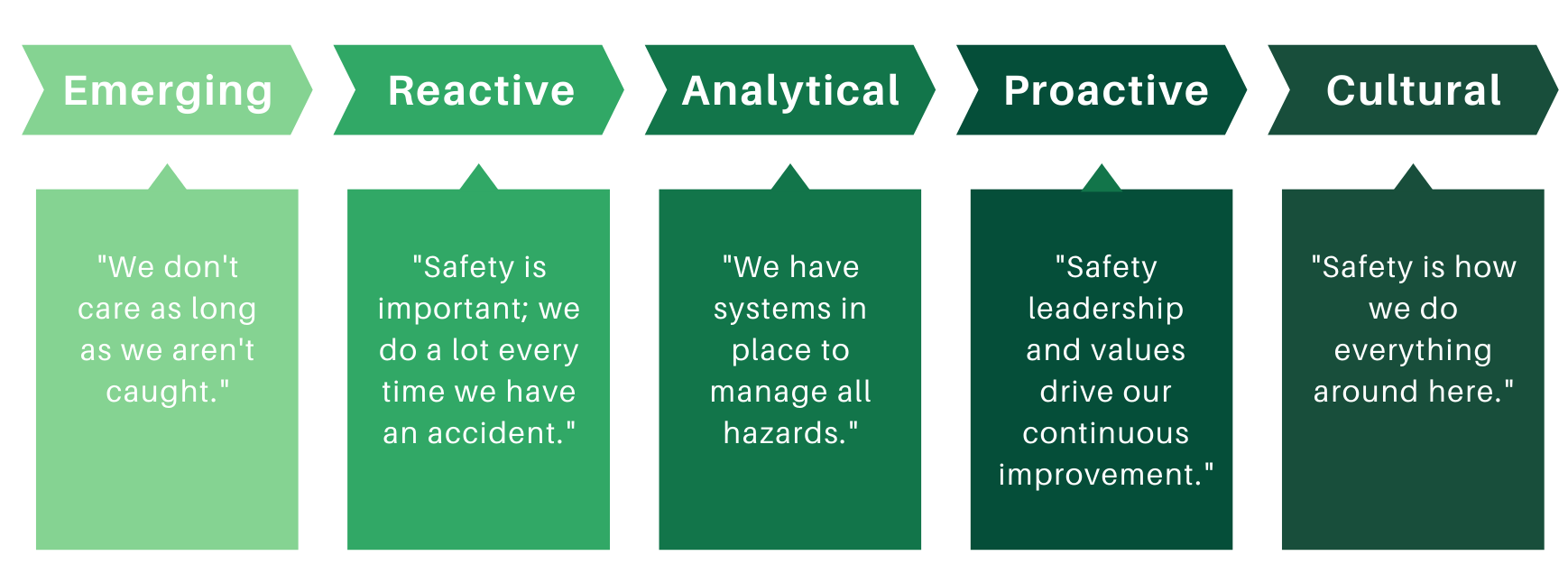Growing a Safety Culture to Protect Green Industry Workers
Whether it’s expressly and deliberately cultivated or simply reinforced by years of consistency, your company’s culture runs deep. For some, this may bring to mind images of ping-pong tables and office beer fridges, but ultimately the culture is the sum of your organization’s shared values, attitudes, ideals.
This includes your approach to safety. A safety culture is the way safety is perceived, valued, prioritized and integrated in all activities in the workplace. It reflects the commitment to safety at all levels.
And aside from the obvious goal of keeping your team safe, there are many benefits to cultivating a strong safety culture. According to OSHA, developing a strong safety culture has the single greatest impact on accident reduction of any process.
Having a positive safety culture can also lead to:
- Lower workers' compensation costs
- Lower insurance premiums
- Increased employee retention
- A more engaged workforce
- Better recruiting
- Fewer lost work days
- No OSHA fines or smaller chance of hearing from OSHA
Where does your company currently fall on the spectrum of safety culture stages?
We typically begin by identifying which stage your company is currently operating in, then we develop a customized safety plan to help you move forward and improve.
Stages of Safety Culture:
- Emerging: "We don't care as long as we aren't caught."
- Reactive Stage: "Safety is important; we do a lot every time we have an accident."
- Analytical: "We have systems in place to manage all hazards."
- Proactive: "Safety leadership and values drive our continuous improvement."
- Cultural: "Safety is how we do everything around here."

Don’t Go Out on a Limb: Common Causes of Injury in the Green Industry
It’s vital to consider the most common injuries in the industry. Because each organization’s situation is unique, we partner with clients to mitigate for their individual risks. We also know workers in this field face a variety of common hazards. These include:
- Exposure to chemicals
- Noise
- Machinery
- Lifting
- Construction
- Extreme weather
Based on the experience of Texas Mutual Insurance Company’s Texas Green Industry Safety Group, the most common causes of injury among green industry workers are:
- Sprains and Strains
- Falls, slips or trips
- Struck-by injuries
- Cuts, punctures and scrapes
For the last five years
, these top losses have accounted for more than 65% of all green industry-based claims.
Great safety culture doesn’t happen on its own.
Your employees’ perception of your company's safety culture is influenced by:
- Actions, or lack thereof, toward correcting unsafe behavior,
- Employee training and motivation,
- Management and employee attitudes.

While there are many factors that contribute to growing a positive safety culture, we have successfully improved the well-being of employees and lowered employee costs by implementing comprehensive safety programs and enrolling eligible clients in the Texas Green Industry Safety Group with Texas Mutual. When building your own plan, these steps are a great place to start.
10 Steps toward a Positive Safety Culture
Step 1: Recognize where your current system is not working.
Step 2: Define what safety looks like at your company.
Step 3: Start with rule compliance.
Step 4: Target results, not completion.
Step 5: Make a strategy that fits your workplace.
Step 6: Involve your safety champions.
Step 7: Encourage people to take care of one another.
Step 8: Make sure leadership reiterates the message.
Step 9: Maintain habit and culture.
Step 10: Be patient.
We have deep roots in the green industry.
If you’d like to dive deeper into growing your own safety culture or have questions about how these steps could apply to your unique situation, our experienced team is ready to get started.